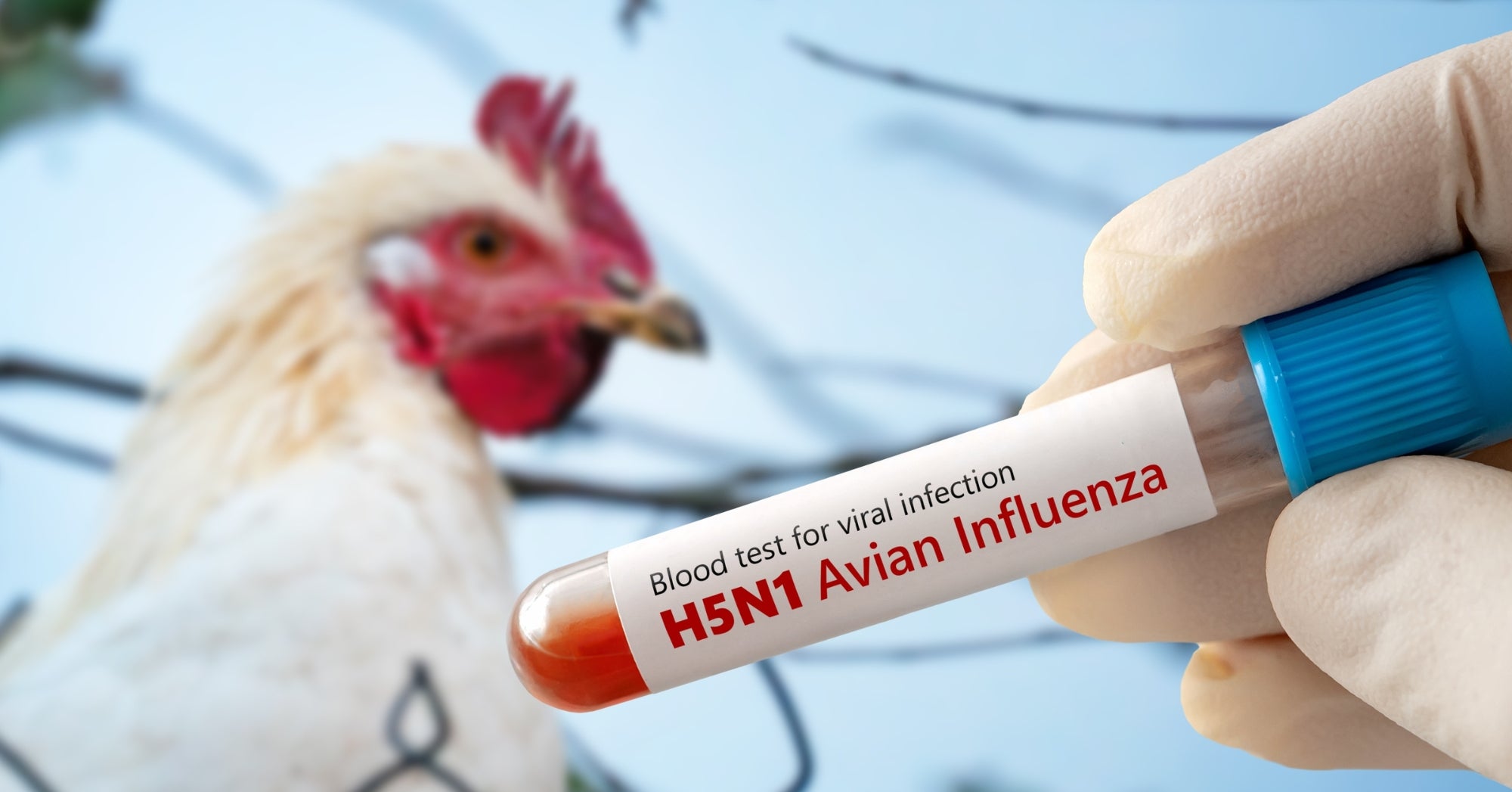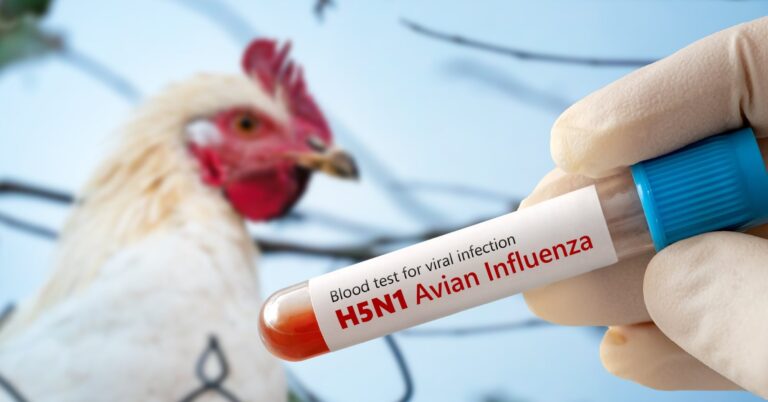A recent study has revealed that a single genetic change in a strain of the highly pathogenic H5 influenza virus could potentially unlock its ability to infect and spread between humans. Scientists studying the H5 2.3.4.4e strain — a type of influenza A virus known for infecting a wide range of birds and mammals — discovered that one specific amino acid mutation might enable the virus to bind to human cells, a critical step toward human-to-human transmission.
The research, published in PNAS, focused on how influenza viruses adapt to new hosts, especially humans. A key factor in this process is the virus’s hemagglutinin protein, which must evolve to recognize human-type receptors.
“The virus distinguishes itself by the ability to replicate to high titers and transmit efficiently in a wide variety of hosts in diverse climatic environments. Fortunately, transmission to and between humans is scarce,” write the researchers. “Yet, if such an event were to occur, it could spark a pandemic as humans are immunologically naïve to H5 viruses.”

Scientists compared two subtypes of the H5 virus, both isolated in 2016: the 2.3.4.4e strain and the 2.3.4.4b strain. The team found that the 2.3.4.4e strain required only one mutation — known as Q226L — to shift its receptor preference to human cells, while the 2.3.4.4b strain would likely need a more complex combination of changes to achieve the same capability.
This finding is significant because it shows how close some influenza strains may be to gaining the ability to spread among humans, raising concerns over their pandemic potential. While the virus currently causes severe disease mainly in wild and domestic bird populations and some mammals, an adaptation like this could increase the risk of outbreaks in humans, especially as people generally have no prior immunity to H5 viruses.
Keeping a close eye on changes in viruses like H5Nx could help health officials and researchers stay ahead of potential threats before they cross over to humans. In their study, the researchers emphasized that early detection of mutations like Q226L is essential to prevent future pandemics.
»Related: Expert delves into the complexities of HPAI and milk consumption


:max_bytes(150000):strip_icc()/Green-wheat-farm-clouds-orange-f9b292a07ef24ea6a3c600d693ef2a62.jpeg)
:max_bytes(150000):strip_icc()/1-fd114f6c861c4e2ca34278e42c9d686d.jpg)



:max_bytes(150000):strip_icc()/YinYangGettyImages-171310617-ee65e8a1d8684cfeab3ab2075d8283db.jpg)
:max_bytes(150000):strip_icc()/Markets-1-Corn-field-dramatic-up-12-861c496ad1b946cbaed9acfc3532dcb4.jpeg)
:max_bytes(150000):strip_icc()/52016677237_8bcd73100f_o-06014ccefe4343f2b2aa80a39bf608a5.jpg)